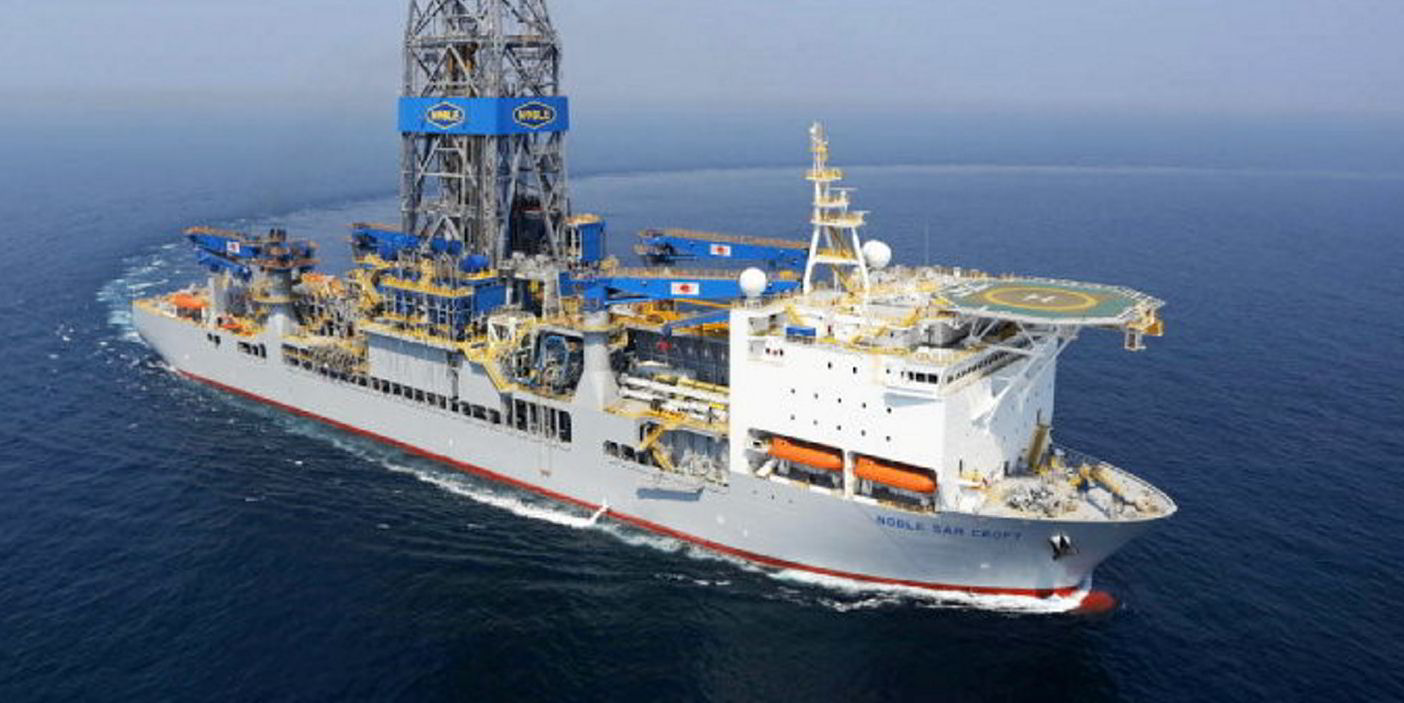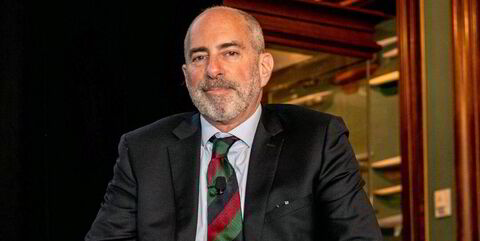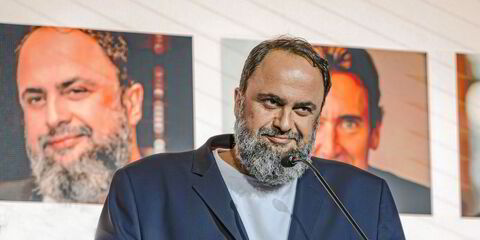Singapore yard group Seatrium is set to post a full-year loss as it looks to clear the last of the merger-related provisions, according to analysts.
The Singapore Exchange-listed company recently posted an increased first-half loss of SGD 264.4m ($197.3m) against the SGD 142.9m loss seen a year ago.
“Unfortunately, our hope for a breakeven year in 2023 is not to be as Seatrium has guided for a loss this year,” said UOB Kay Hian analyst Andrian Loh.
“We believe that the company is likely to carry out kitchen sinking of its 2023 numbers with various merger-related exceptional items to start off with a clean and new slate for 2024.”
Seatrium was created in April this year by the merger of the city state’s Sembcorp Marine and Keppel Offshore & Marine (KOM).
During a recent analyst briefing, Seatrium management stated that the integration with KOM was “proceeding well” and expects this process to be completed by year-end.
Seatrium has said it will continue to focus on Ebitda performance, which management views as “an indicator of how well it is doing operationally”.
For the first half of 2023, Seatrium said its Ebitda before exceptional items of SGD 258m was a “significant improvement” versus the first half Ebitda loss of SGD 19m in 2022 and was a 125% quarter-on-quarter gain from the 2022 second half Ebitda of SGD 12m.
UOB Kay Hian’s Loh said the solid revenue performance was aided by both the repairs and upgrades segment and its ship chartering segment.
For the repairs and upgrades business, Seatrium successfully delivered 144 projects which was a 50% year-on-year increase from the 96 vessels completed 12 months ago.
“With revenue of around SGD 500m, this translates to revenue per vessel of SGD 3.5m which is materially above the SGD 1.5m-2.9m range seen in the past 20 years,” said Loh.
“In addition, we note that Seatrium’s ship chartering business generated SGD 1.6m net profit, up 69% year-on-year in the first half of 2023 from SGD 21.6m in revenue which was up 126% year-on-year.”
Looking at Seatrium’s current orderbook of nearly SGD 20bn, Loh said 40% of it is in the renewable energy space with the remainder related to oil and gas projects.
However, he said its addressable market is “arguably much larger” when taking into account carbon capture usage and storage, floating LNG, and ammonia storage and transport which feeds into the hydrogen energy chain.
Seatrium disclosed that it has seen enquiries for drilling assets, given that day rates and utilisation rates for all types of assets have hit or are approaching multi-year highs.
However, it said that these early enquiries were “opportunistic in nature” and thus it will be “patient, conservative and selective in which orders it accepts”.
Management also stated that there are numerous tenders in the market for production assets, floating LNG production and storage as well as renewables projects.





